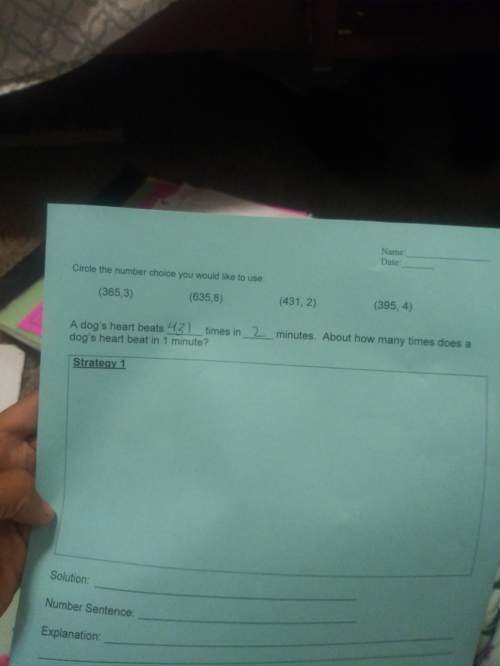
Physics, 25.09.2019 00:30 kelcey1972harris
How does potential difference behave in a parallel circuit

Answers: 2


Another question on Physics

Physics, 21.06.2019 20:40
In a steady-flow steam power plant system, two adiabatic high-pressure and low-pressure turbines ane used to generate power. superheated steam enters the high-pressure turbine at 8 mpa and 550°c. the steam expands in the high-pressure turbine to a saturated vapor at 3 mpa. in order to increase the powe generation of the power plant, another steam turbine working in a lower pressure ranges is deployed. the outlet vapor from the first turbine is heated up at a boiler to the temperature of 500 c at the constant pressure of first turbine's outlet (3 mpa). then, the vapor enters the second turbine and produces extra work. the exit conditions of the second turbine are 5o kpa and 90 percent quality. if the total power output of the power plant is 25 mw, determine a) the mass flow rate of the water (kg/s). b) heat transfer rate in the boiler (mw). (30 points) 3 mpa 00 c 8 mpa s0 c high pres turbine low pres boiler turbine 50 kpa 3 mpa 09 saturated vapor t heat engine, shown in the figure, operates between high temperature and low temperature of through a heat 4. a carnot tn and tu respectively. this heat engine receives energy from a heat reservoir at t exchanger where the heat transferred is proportional to the temperature difference as ? = k (z,-7, ). it rejects heat at a given low temperature tl. to design the heat engine for maximum work output, find the high temperature, th, as a function of tes and t. (15 points) qe
Answers: 3

Physics, 21.06.2019 22:30
Follow these directions and answer the questions. 1. shine a pencil-thin beam of light on a mirror perpendicular to its surface. (if you don't have a laser light as suggested in the video, you can make a narrow beam from a flashlight by making a cone from black construction paper and taping it over the face of the flashlight.) how does the light reflect? how does the relationship of incident to reflected ray relate to the reflection of water waves moving perpendicular to a barrier? 2. shine a pencil-thin beam of light on a mirror standing on a sheet of paper on the table (or floor) so that you can mark the incident ray and reflected ray. (you can support the mirror from the back by taping it to a wooden block.) 3. mark a line on the paper representing the reflective surface. (the reflective surface of a mirror is usually the back edge.) 4. draw a dashed line perpendicular to the mirror surface at a point where the incident and reflected ray meet. this perpendicular is called a normal to the surface. 5. measure the angles between the rays and the normal. the angle of incidence is the angle formed by the incident ray and the normal to the surface. the angle formed by the reflected ray and normal is called the angle of reflection (r). what is the angle of incidence? what is the angle of reflection? 6. repeat for several different angles. (see report sheet for details.) what appears to be the relationship between the angle of incidence and angle of reflection? in science 1204, what was the relationship for these two angles made by the reflection of waves in a ripple tank? 7. roll a ball bearing so that it hits a fixed, hard surface (a metal plate) at several angles (including head-on). observe the way in which the ball bearing reflects. what generalization can you make about how a ball bearing reflects from a wall? have you proved that light can only behave like a wave?
Answers: 1

Physics, 22.06.2019 02:30
Which feature of a heating curve indicates a change ofn state
Answers: 1

Physics, 22.06.2019 11:30
What is the name for the remnant of an asymptotic giant that has lost its shells? black dwarf white dwarf yellow giant black hole
Answers: 3
You know the right answer?
How does potential difference behave in a parallel circuit...
Questions

Social Studies, 18.07.2019 01:00

Social Studies, 18.07.2019 01:00


Mathematics, 18.07.2019 01:00





Biology, 18.07.2019 01:00

Social Studies, 18.07.2019 01:00



Social Studies, 18.07.2019 01:00

Social Studies, 18.07.2019 01:00



Social Studies, 18.07.2019 01:00


Biology, 18.07.2019 01:00

Social Studies, 18.07.2019 01:00




